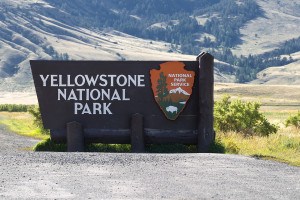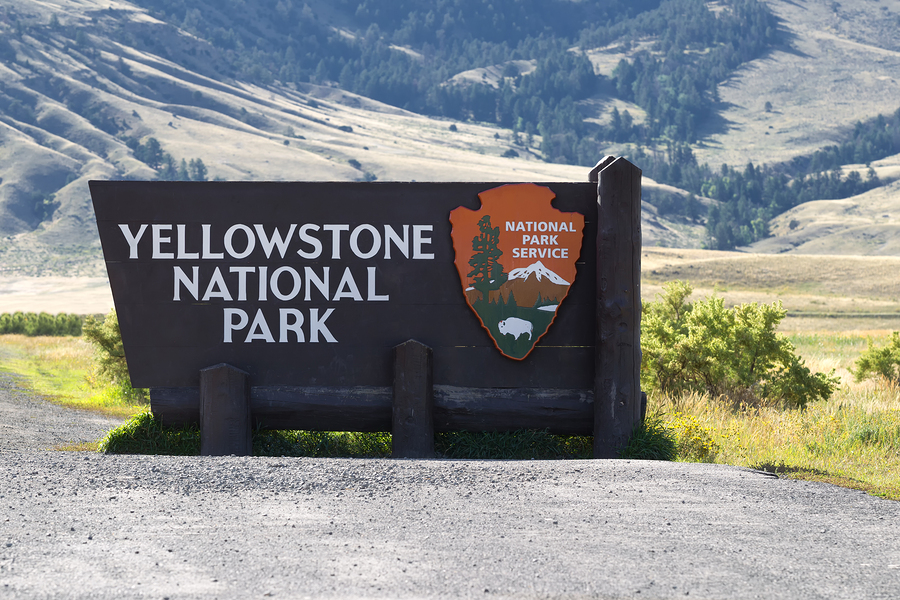Getting hurt at Yellowstone National Park isn’t quite as dramatic as you might think.
Although the park is full of hazards like bears, bison, scalding water and canyons, visitors are most likely to be injured from mundane accidents like trips, slips and falls, reports the Casper Star-Tribune.
Bear attacks are dramatic but exceedingly rare. National Park Service statistics put the likelihood being injured by a bear during a visit to Yellowstone at 1 in 2.1 million.

Still, the park works to keep visitors educated about bear safety.
“We see people taking risks that are absolutely unnecessary,” said Yellowstone Public Affairs Officer Traci Weaver.
The “Be Bear Aware” campaign teaches visitors how to properly store food, carry bear spray and keep a distance from the animals.
Other wildlife can also be dangerous. The park didn’t have statistics on bison gorings, but Weaver said they happen once or twice a year.
Most recently, a 16-year-old Taiwanese girl was gored last week as she posed for a picture in front of the creature.
“The temptation is definitely there when there’s bison or elk right there near the trail to try to get close and get pictures,” Weaver said.
But visitors are required to stay at least 100 yards away from bears and wolves and at least 25 yards away from other large animals, including bison, elk and bighorn sheep.
Injuries and deaths caused by the geothermal features are also infrequent. In the park’s history, only 20 visitors have died from being boiled by one of Yellowstone’s geysers or similar features.
Park officials say falling into the park’s Grand Canyon is uncommon, but does happen.
An 8-year-old girl died there in August when she lost her footing and fell 550 feet.
In early May, a 71-year-old man fell into the canyon while trying to take a photograph.
He was able to stop himself after about 25 feet and brace his feet on opposite sides of a crevice, allowing park rangers to rescue him.
“That was pretty incredible,” Weaver said. “If he’d have fallen just a little bit in either direction, it would have been fatal. He would have fallen over 150 feet.”
Was this article valuable?
Here are more articles you may enjoy.


 Jump Trading Faces $4 Billion Terraform Administrator Suit
Jump Trading Faces $4 Billion Terraform Administrator Suit  Instacart to Pay $60 Million in FTC Consumer Protection Case
Instacart to Pay $60 Million in FTC Consumer Protection Case  Poorer Americans Dropped Federal Flood Insurance When Rates Rose
Poorer Americans Dropped Federal Flood Insurance When Rates Rose  Flooding in California Leads to Soaked Roads, Water Rescues and 1 Death
Flooding in California Leads to Soaked Roads, Water Rescues and 1 Death 